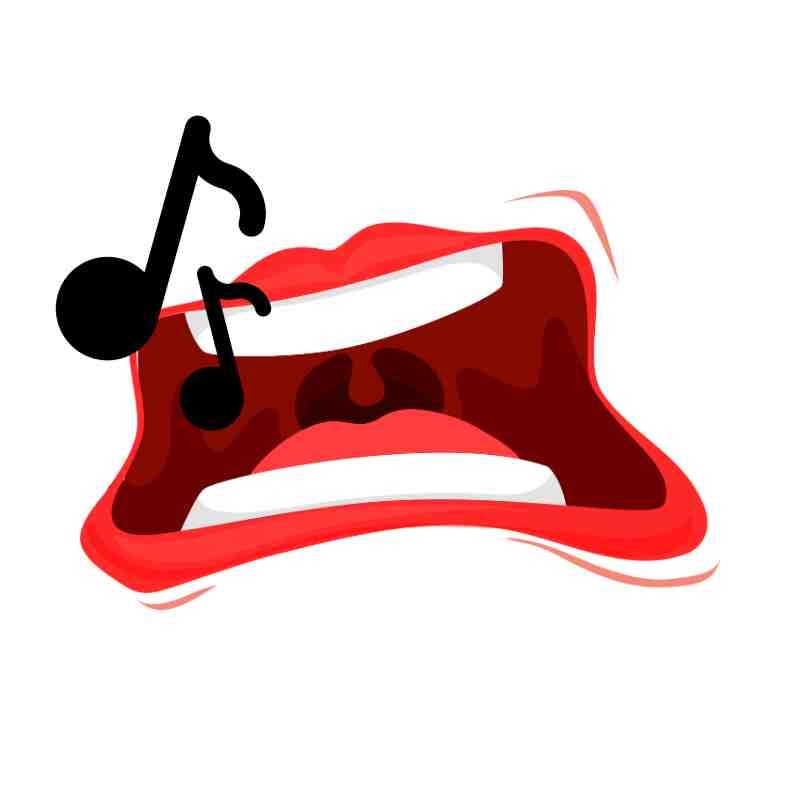Lifting the palate is an essential technique for any singer or speaker who wants to achieve a resonant, clear, and powerful voice. Here are three reasons why you should try to lift your palate when you sing:
1. Create a Clearer Sound
Lifting the palate helps to create a clearer sound by creating more space in the mouth for the sound to resonate. When the palate is raised, the sound waves can bounce off the hard surfaces of the mouth and create a brighter, more focused sound.

2. Increase Vocal Range
Lifting the palate can also help to increase your vocal range. When the palate is raised, it creates more space in the back of the throat, which allows for more airflow and greater resonance. This increased resonance can help you to hit higher notes with greater ease. This lifting will also make it MUCH easier to move between vocal registers. Imagine focusing the sound toward your upper molars.
3. Reduce Strain
When singing, it’s easy to strain the vocal cords by trying to force out a sound. Lifting the palate can help to reduce this strain by allowing the sound to flow more freely. This can lead to a more relaxed and natural singing voice.

At the end of the day, lifting the palate is a useful technique for singers who want to improve their sound quality, increase their vocal range, and reduce strain on their vocal cords. With practice, you can learn to lift your palate and take advantage of these benefits. But don’t forget, it will take practice. Just like trying to stretch a muscle into more flexibility, it takes time and repetitions.







